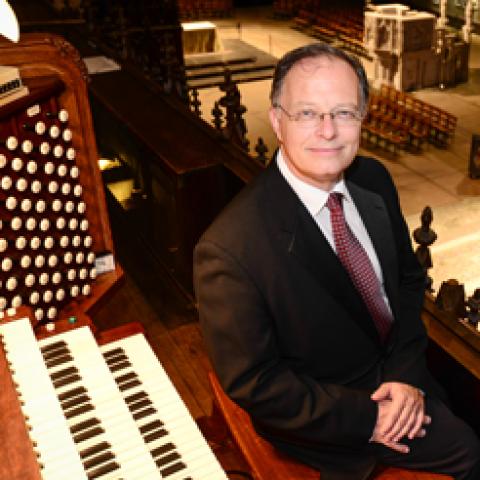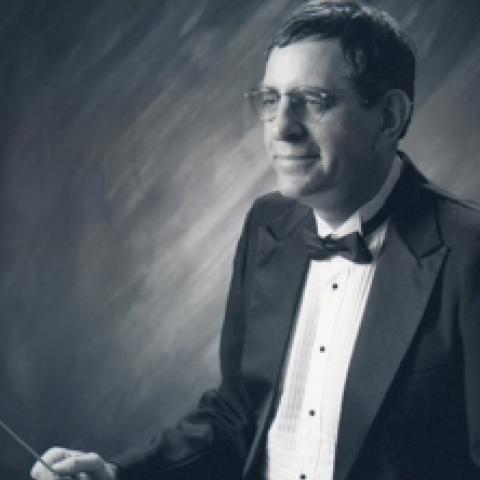
Frederick Swann retired in April after eleven years as university organist and artist teacher of organ at the University of Redlands, California. He was awarded an honorary Doctor of Music degree at the commencement of the College of Arts and Sciences on April 20. His final performance took place May 19 in the University Chapel with the City of Redlands Symphony Orchestra performing the “Organ” Symphony of Camille Saint-Saëns.
National President of the American Guild of Organists from 2002 until 2008, Swann has also ended a 75-year concert career playing recitals throughout the United States and eleven foreign countries. Following graduation from Northwestern University, Evanston, Illinois, and the School of Sacred Music at Union Theological Seminary, New York City, he served two years concurrently as organist/director at the Brick Presbyterian Church and assistant organist at St. Bartholomew’s Episcopal Church in New York City before spending almost two years in the United States Army.
In 1957 he was appointed organist and later director of music at The Riverside Church in New York City, leaving at the end of 1982 to become director of music and organist at the Crystal Cathedral in Garden Grove, California. He retired in 1998 and spent three years as organist in residence at the First Congregational Church of Los Angeles, California. In the latter two positions he has been designated Organist Emeritus and organs in each location bear his name as an honorary act.
During his last ten years in New York, Swann was also chair of the organ department at the Manhattan School of Music. Since 2001, he has been organ artist in residence at St. Margaret’s Episcopal Church in Palm Desert, California, where he continues to play services regularly, assisting John Wright, organist/director. (See Steven Egler’s interview, “A conversation with Frederick Swann,” The Diapason, November 2014, pp. 20–24.)




